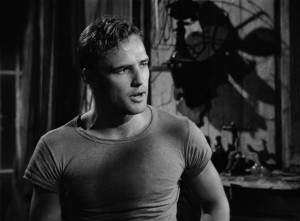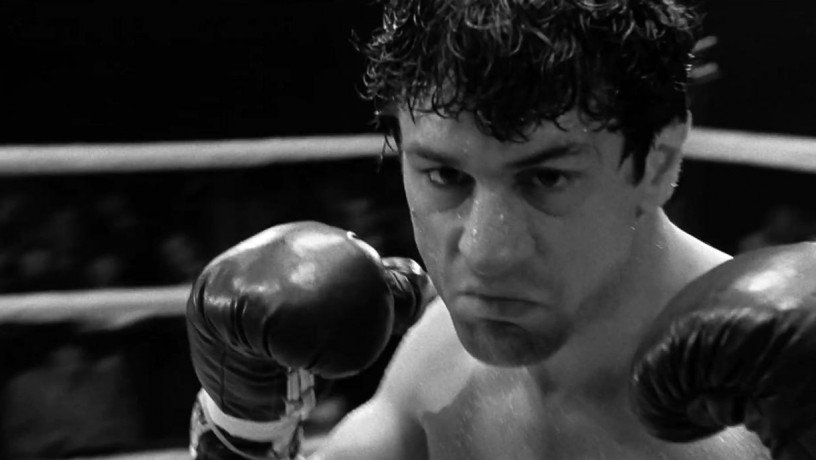Method acting, a technique that has stirred both admiration and controversy in the acting world, remains a topic of fascination and debate. This acting technique, known for its depth and intensity, has a rich history and an array of famous proponents. However, it also carries with it a basket of misconceptions.
History and Evolution
Method acting has its roots in the early 1900s, when Konstantin Stanislavski, a prominent figure in Russian theater, introduced his influential techniques. He aimed to inspire actors to deliver authentic performances by accessing their own emotions and life experiences. Lee Strasberg later built upon this approach at the Actors Studio in New York City, emphasizing psychological elements and urging actors to explore their characters’ emotional depths by drawing from their own inner selves.
Famous Proponents

Marlon Brando, renowned as one of the finest actors in cinema history, embraced method acting from the start. His compelling portrayals in A Streetcar Named Desire and On the Waterfront vividly demonstrated the potent impact of this approach. Likewise, actors such as Robert De Niro, Al Pacino, and Daniel Day-Lewis have captivated audiences with their remarkable performances, often credited to their unwavering commitment to method acting. Day-Lewis, in particular, is celebrated for his intense character immersion, maintaining his role even outside of filming throughout the entire production.
The Pros of Method Acting
Depth of Performance: Method acting allows actors to deliver deeply true-to-life performances. By tapping into their own emotions, actors can portray characters with a realism that resonates with audiences.
Character Understanding: This technique encourages thorough character study, leading to a great understanding of the role being portrayed.
Critical Acclaim: Many method actors have received accolades for their performances, underlining the effectiveness of this approach in achieving success.
The Cons of Method Acting
Psychological Stress: Immersing oneself deeply in a character, especially those with traumatic or intense emotional experiences, can take a toll on an actor’s mental health.
Blurring Lines Between Reality and Acting: Staying in character for long periods can blur the lines between the actor’s personal identity and the character, leading to confusion and emotional turmoil.
Potential for On-Set Tensions: Method actors may remain in character even when cameras aren’t rolling, which can sometimes create tension with fellow cast members and directors.
Misconceptions About Method Acting
All About Extremes: There’s a misconception that method acting always involves extreme measures, such as drastic physical transformations or dangerous stunts. However, the essence of method acting is about emotional truth, not physical extremity.
Lack of Flexibility: Some believe that method acting is rigid and doesn’t allow for improvisation. In reality, many method actors are quite flexible and use the technique as a base from which they can expand creatively.
One-Size-Fits-All Approach: Method acting is often seen as a monolithic technique. In truth, it’s adaptable and varies greatly depending on the actor’s interpretation and approach.
Modern Perception
In the contemporary acting world, method acting continues to be a topic of both admiration and debate. While some actors swear by it, others prefer different techniques. The key is understanding that method acting is just one tool in an actor’s repertoire, not the definitive approach to every role.
Balancing the Technique
For actors considering method acting, it’s important to balance the depth of character immersion with personal well-being. Acknowledging one’s own boundaries and having a reliable support system, such as a coach or therapist, can bring significant advantages. Promoting open and honest communication with directors and fellow actors is strongly suggested for cultivating a constructive and collaborative work environment.
Examples
Daniel Day-Lewis in Lincoln (2012): Daniel Day-Lewis is renowned for his dedication to method acting, and his portrayal of Abraham Lincoln is a prime example. To prepare for the role, Day-Lewis spent a year studying Lincoln, including his mannerisms and speech patterns. During the filming, he remained in character at all times, even off-camera, insisting on being addressed as Mr. President. His immersive approach contributed to a performance that was widely praised.
Robert De Niro fully committed himself to portraying boxer Jake LaMotta in the 1980 film Raging Bull. He immersed himself in intense boxing training, engaging in three actual matches and emerging victorious in two. De Niro underwent a remarkable physical transformation, gaining 60 pounds to authentically represent LaMotta’s later life. His resolute dedication to embodying the character’s essence, both physically and emotionally, ultimately earned him the prestigious Academy Award for Best Actor.

Hilary Swank fully committed to her portrayal of Brandon Teena, a transgender man, in Boys Don’t Cry by immersing herself in the character’s life. Before filming began, she lived as a man for a month, binding her chest and adopting masculine behaviors. This intense dedication to embodying her character reflects the Method acting technique of fully experiencing a character’s reality. Swank’s exceptional performance received widespread praise and earned her an Academy Award for Best Actress.
Heath Ledger’s immersive approach to playing the Joker in The Dark Knight (2008) exemplifies method acting. To fully inhabit the character, Ledger sequestered himself in a hotel room for approximately six weeks, immersing himself in the Joker’s mindset through journaling. Additionally, he dedicated time to refining the character’s unsettling voice and laugh. Ledger’s outstanding portrayal received widespread acclaim from critics and posthumously earned him an Academy Award for Best Supporting Actor.







